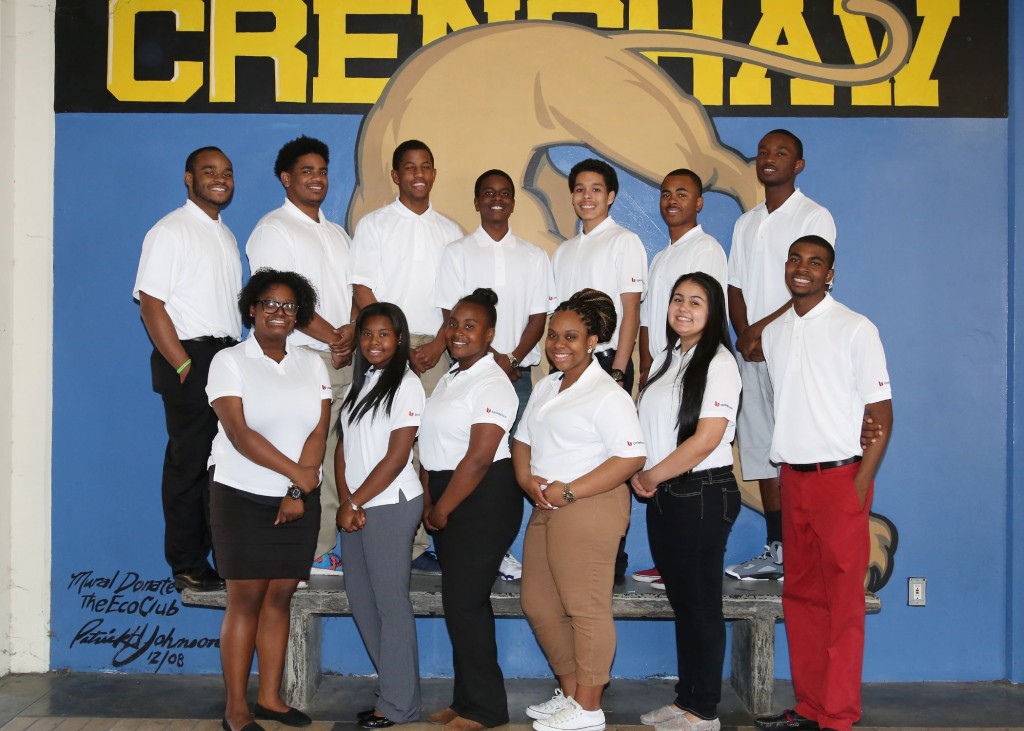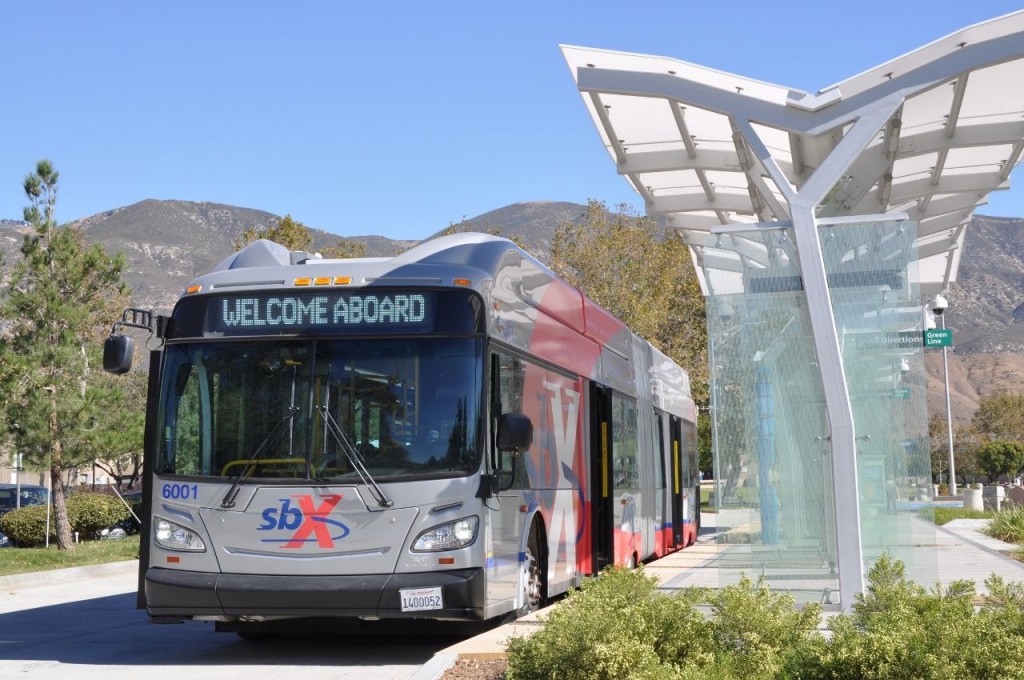
LOS ANGELES, CA – Union Bank, N.A., in partnership with the Los Angeles Unified School District Board of Education, has opened its first Los Angeles student-run branches at Lincoln High School located at 3501 North Broadway and Crenshaw High School located at 5010 11th Ave. Grand opening celebrations are scheduled at both schools in May.
The branches are part of an innovative program designed to provide students with real-world financial education and work experience. Located on the schools’ campuses, the full-service student-run branches are each staffed by student bankers who have an opportunity to acquire skills in finance as well as teamwork and leadership and the hands-on experience of working in a bank. Traditional banking products and services are available to students, school staff, school administrators and teachers, and Union Bank has plans to establish a Parents Academy that will offer financial education, in English and Spanish, for parents and guardians of the students at both schools.
“We are thrilled to open the first LAUSD student-run bank in Lincoln High School and offer services that help students learn money management skills that prepare them for college and real-life experience,” said District 2 Board Member Mónica García. “I am grateful to have partners like Union Bank.”
“This is an exciting way to help our high school students learn critical financial management skills,” said District 1 Board Liaison Dr. Sylvia Rousseau. “We are happy to partner with Union Bank to celebrate the grand opening of these student-run branches in Los Angeles. The real-world life experience will be a benefit to the student bankers long after high school, and we are pleased to be involved in a collaboration of this type, which will also help to enrich our communities.”
In addition to building skills in finance, leadership, management and marketing, the students receive a $500 stipend for working in the branch and a $1,000 scholarship for college when the course is completed.
Union Bank opened its first student-run branch in 2011 in Fresno, California, at McLane High School. Thirty student bankers have graduated from the program and five McLane graduates are currently employed by Union Bank in the Central Valley.
“This marks a major accomplishment for Union Bank and LAUSD, and celebrating the opening of our first-ever student-run branches in L.A. at Lincoln and Crenshaw High Schools is a dream come true for everyone who collaborated on this project,” said Union Bank Executive Vice President and Regional President Leticia Aguilar, who manages the bank’s branches in the Los Angeles and Central California divisions. “We’ve seen tremendous talent and success from the students in our student-run branch in Fresno, and our goal is to replicate that in Los Angeles – this is another example of our commitment to responsible banking and of our dedication to increasing financial awareness within our communities.”
Union Bank Branch Manager Wendy Estrada* manages the Lincoln branch. Estrada has more than 10 years of banking experience. She joined Union Bank in 2007 and most recently served as branch manager of the Burbank branch. Previously, she was a senior relationship banker at the Highland Park and California Mart branches. Active in the community, Estrada volunteers with Junior Achievement, the American Heart Association and Operation Hope. She earned a bachelor’s degree in business administration from California State University, Northridge. She also holds series 6 and 63 licenses.
Estrada is joined by 12 student bankers and Branch Service Officer Grace Buenrostro, who joined Union Bank in 2007 and has held various positions, including customer service officer and relationship banker. Passionate about financial literacy, Buenrostro often volunteers with organizations and schools to teach students about money management.
Union Bank Assistant Vice President and Branch Manager Vernell Taylor manages the Crenshaw branch. Taylor has more than 25 years of financial services industry experience. She began her career at Union Bank as a teller. Engaged in the community, Taylor serves on the advisory board for the Coalition of Mental Health Professionals. She earned a bachelor’s degree in business management from the University of Phoenix.
Taylor is joined by 13 student bankers and Customer Service Officer Daisy Torres who has nearly 10 years of experience in the banking industry. Torres started with Union Bank in 2005 and has also worked as a senior teller and customer service manager.
The high school branches are open during the school year – the Lincoln High School branch is open Monday and Wednesday through Friday from 10 a.m. to 3 p.m.; the Crenshaw High School branch is open Monday through Friday from 11:30 a.m. to 3:30 p.m.
 Westside Story Newspaper – Online The News of The Empire – Sharing the Quest for Excellence
Westside Story Newspaper – Online The News of The Empire – Sharing the Quest for Excellence





